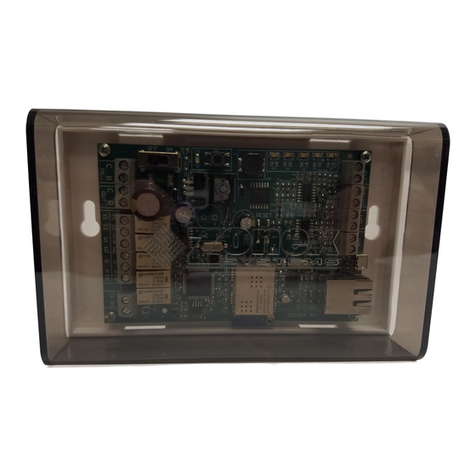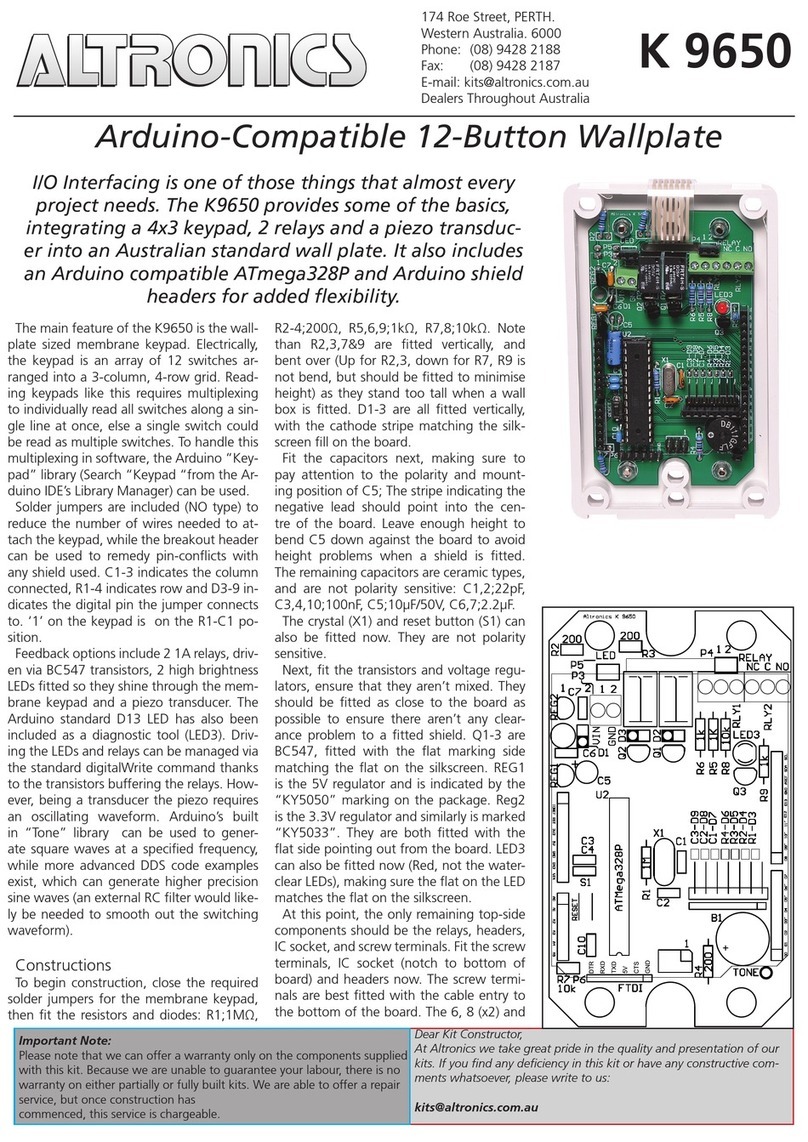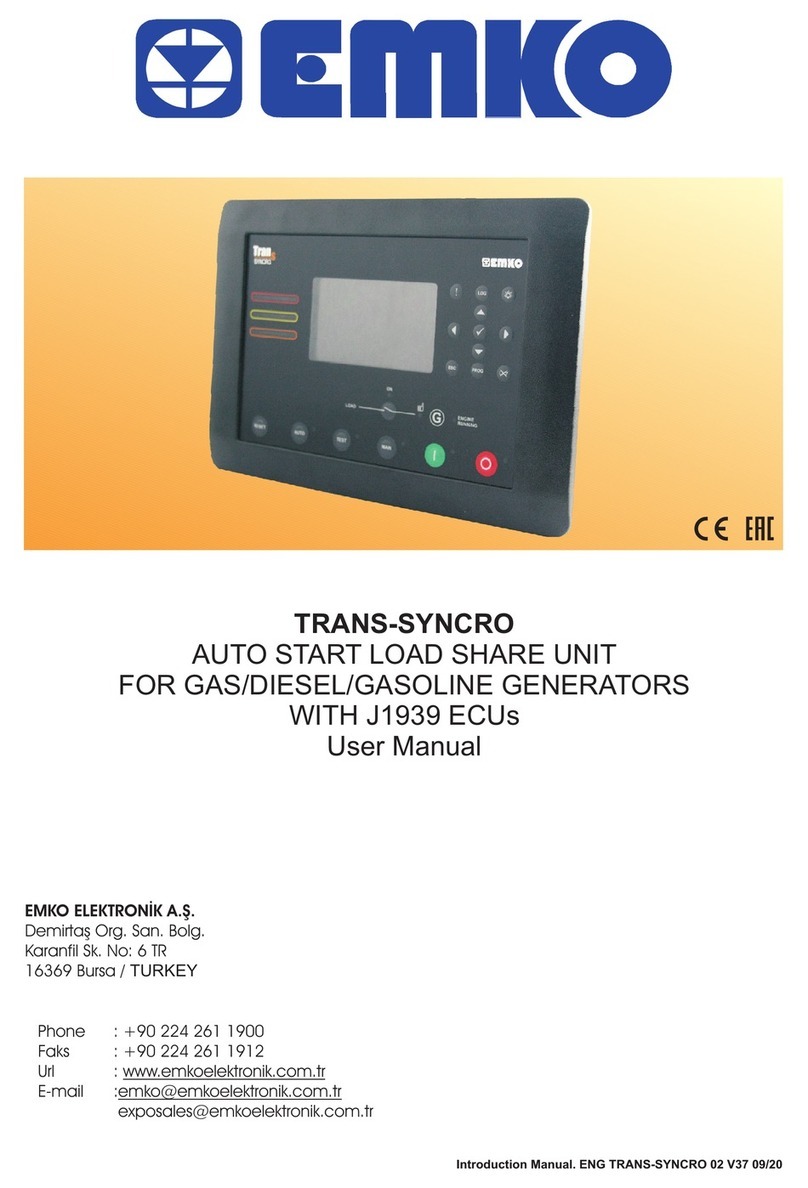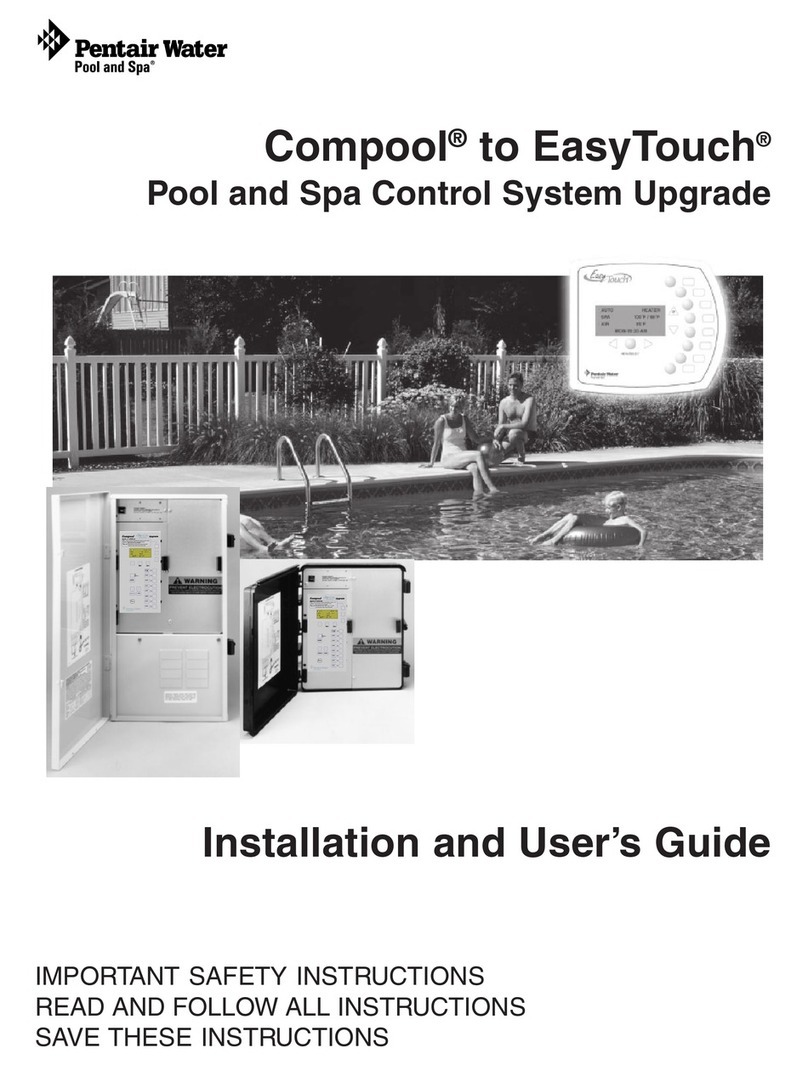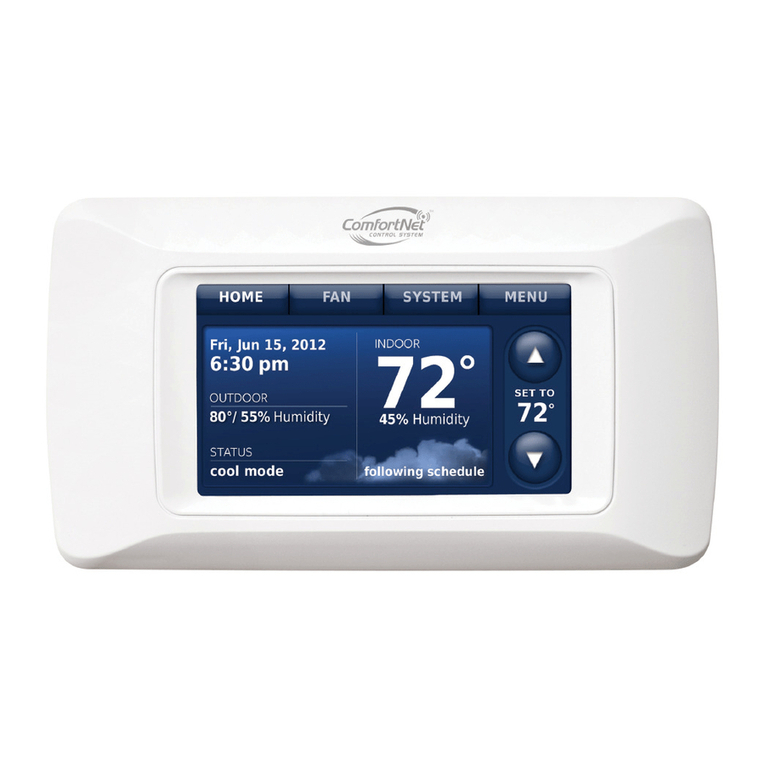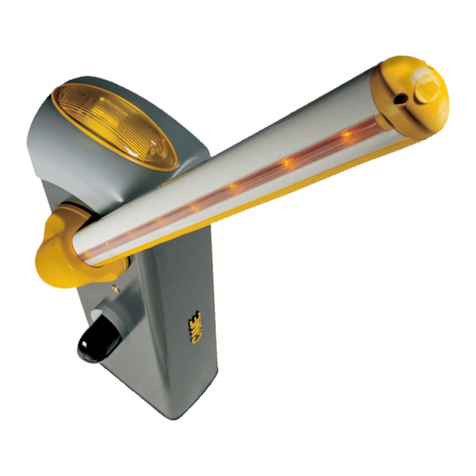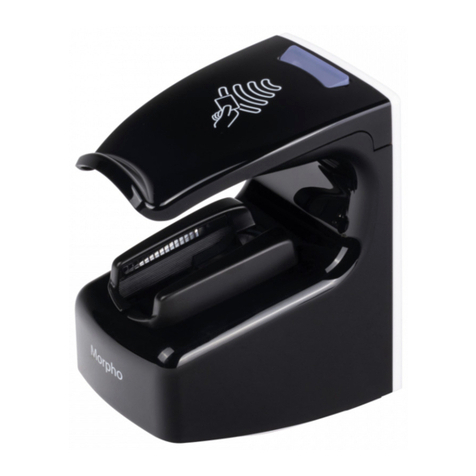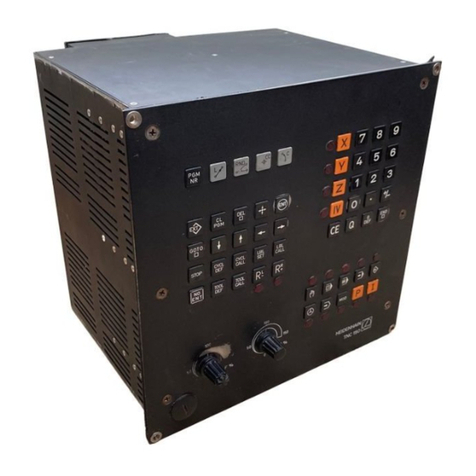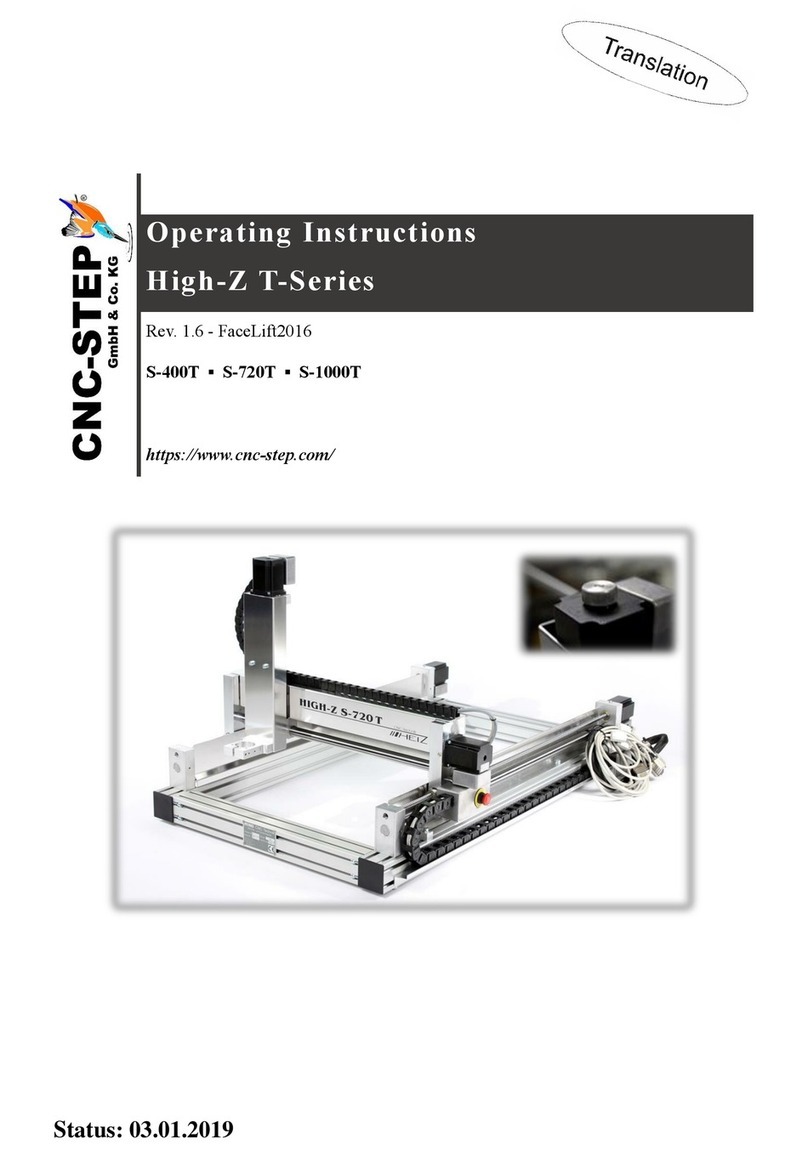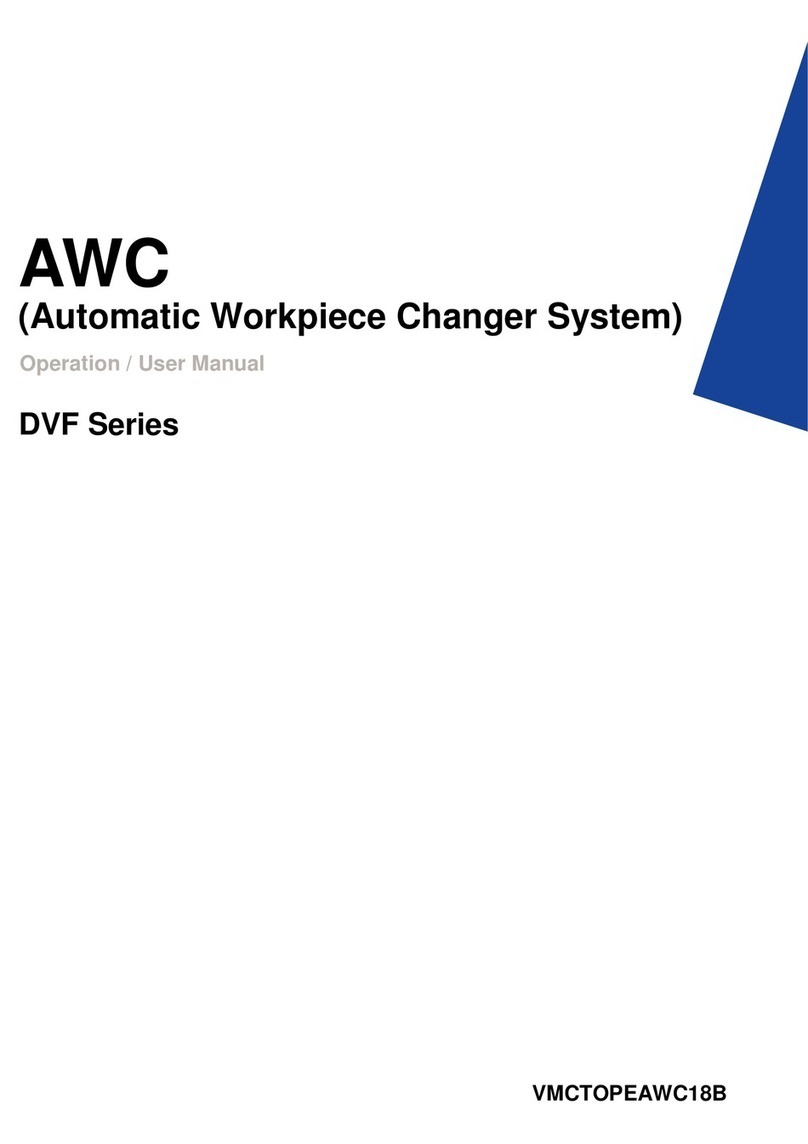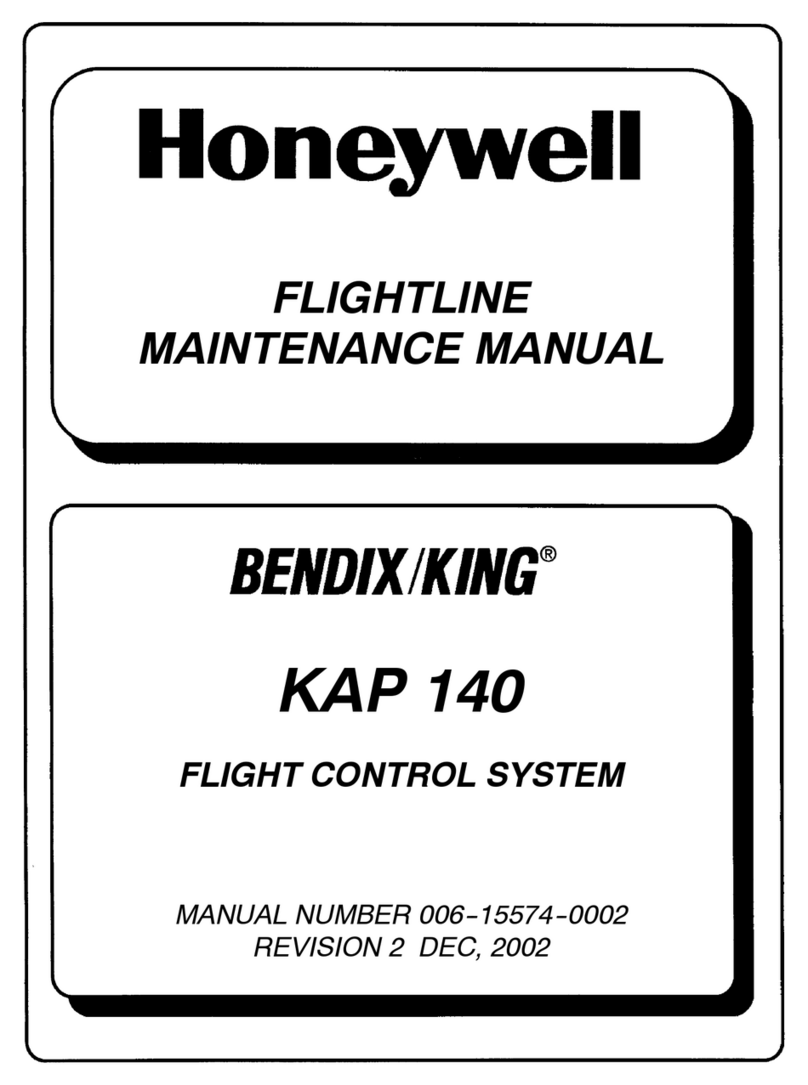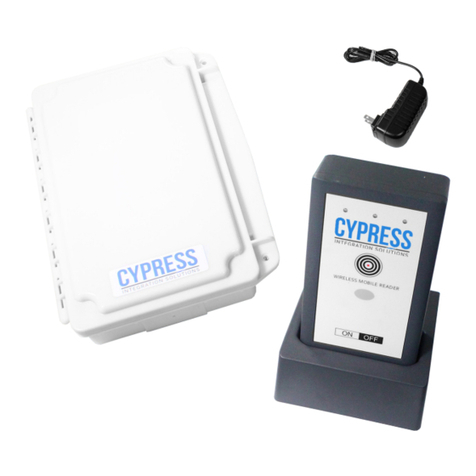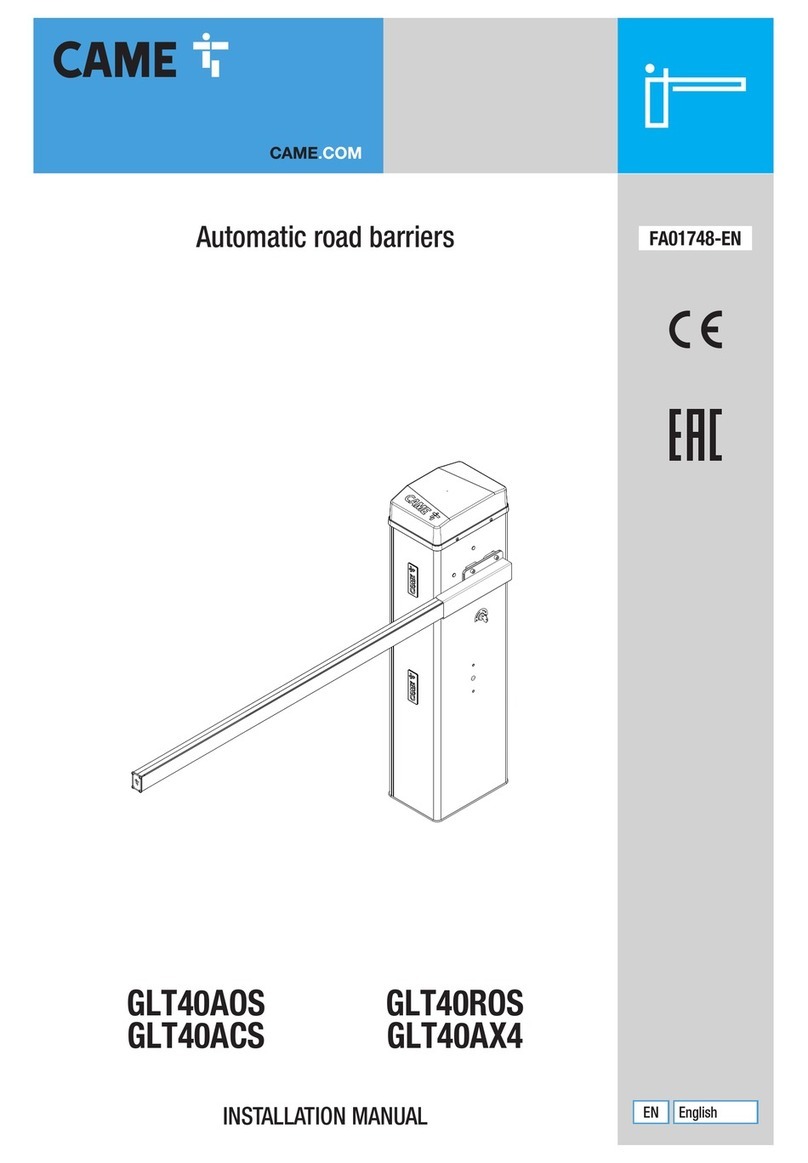7
USA/GB
Information for use
#mic CO2control system
1. Features and field of application
The seramic CO2control system automatically maintains and
regulates a stable pH value in the aquarium by means of a
microprocessor. The system incorporates a high-quality built-
in solenoid valve for precise dosing regulation. At any time,
desired pH water value is easily and precisely achieved via the
keypad on the front panel of the controller unit.
The system is user friendly with easy to read liquid crystal dis-
play on the controller unit.
The controller unit operates on the followings:
•adjustment of the desired pH value
•calibration of the pH electrode
•display the present pH value
The pH value shows whether a liquid is acidic (pH below 7.0),
neutral (pH =7.0), or alkaline (pH above 7.0). In natural waters,
pH values are mostly between 5.5 and 8.0. In some West
African and South American regions, the pH values are nor-
mally below 5.0. The East African Lake Tanganyika region has
pH values of up to 9.0.
pH values between 6.8 and 7.5 are suitable for fish and plants
in a community aquarium. If this pH value is stable and main-
tained by appropriate CO2addition, the plants will grow con-
siderably better. Many species of plants used to endure only a
few weeks in the aquarium, can now be kept on a long term
with the seramic CO2control system. Of course, the aquarium
must be equipped with the correct lighting as well. Also,
algae growth is reduced.
Typical pH values:
•for optimum care of discus,
angelfish, cardinal tetra, dwarf
gouramis, killifish, etc. pH 6.0 – 7.0
•in the community aquarium pH 6.8 – 7.5
•for platies, mollies, guppies,
wasp gobies / bumble-bee gobies,
Malawi cichlids pH 7.0 – 8.5
•in natural saltwater pH 8.1 – 8.4
•in saltwater aquariums pH 8.1 (morning) –
8.4 (evening)
Ideal pH: 8.2
Contents:
-seramic CO2controller unit with 1.8 meters (5.9 ft.)
electrical cord
-sera pH electrode
-2suction holders for pH electrode
-3meters (9.8 ft.) of CO2leak-proof hose
-sera calibration solution pH 9.2
-sera calibration solution pH 7.0
2. Important notes! Read first!
To ensure proper functioning and durability of the system,
the user must thoroughly understand, the instructions for
use and comply with the application conditions.
The seramic CO2control system controls the CO2dosage by
means of the solenoid valve. You require a high-quality pres-
sure reducer valve for discharge of CO2from the bottle. The
maximum operating pressure is 1 bar.
Very important! DO NOT connect the seramic CO2 control
system without a pressure reducer valve from the CO2bot-
tle!
Always connect the pH electrode to the controller unit be-
fore the electrical cord is plugged in (see fig. 9).
Before you install the seramic CO2control system, soak the
pH electrode in distilled water, for at least 12 hours in a clean
glass (see fig. 1). Carefully unscrew and remove the electrode
protection cap. A possible white salt-like deposit at the elec-
trode tip is normal and dissolves after a few minutes in the
water.
Pay attention to the correct immersion depth (see fig. 10,
“Immersion depth of electrodes” and the level marking
“Eintauchbereich” on the electrode).
Keep in mind that only the electrode shaft is made of plastic.
The inner capillary tubes, however, are made of glass and very
fragile. Handle with care! To rinse the electrode you will need
distilled water. Use only sera dest or distilled water from your
pharmacy.
3. Assembly
Attention: Unplug all electrical devices before installation!
Permanently mount the CO2controller unit in a dry place
near the aquarium, for example, attach it to the aquarium
cabinet or to the wall (see fig. 2).
The electrical cord of the controller unit is 1.80 meters long
(5.9 ft.) and you should consider the distance of your electri-
cal outlet for this connection. The junction of pH electrode is
always immersed in the aquarium water (see fig. 11). The
2 meters (6.6 ft.) flexible cord of the pH electrode should be
laid freely (see fig. 3) and connected to the controller unit.
Integration of seramic CO2control system to an existing in-
stalled CO2system with bubble counter and CO2reactor (see
fig. 4 – 8)
Procedure:
Shut off the CO2supply, the pressure reducer and the outlet
valve should remain shut off (see fig. 4) as well. You may begin
with the installation when bubbles stop to escape in the bub-
ble counter. Connect the seramic CO2control system be-
tween pressure reducer and bubble counter as follows:
You should use the sera non-return valve for safety reason.
The non-return valve will prevent any back siphoning of a-
quarium water when the CO2bottle has become empty. Thus,
it protects the seramic CO2control system from water dam-
age.
Remove the CO2hose between the outlet of the pressure
reducer valve and inlet of the non-return valve (see fig. 5). Cut
the supplied CO2hose to make two hoses of suitable lengths.
Connect one hose between the outlet of the pressure
reducer valve and the CO2intake (▲) of the controller unit
(see fig. 6).
